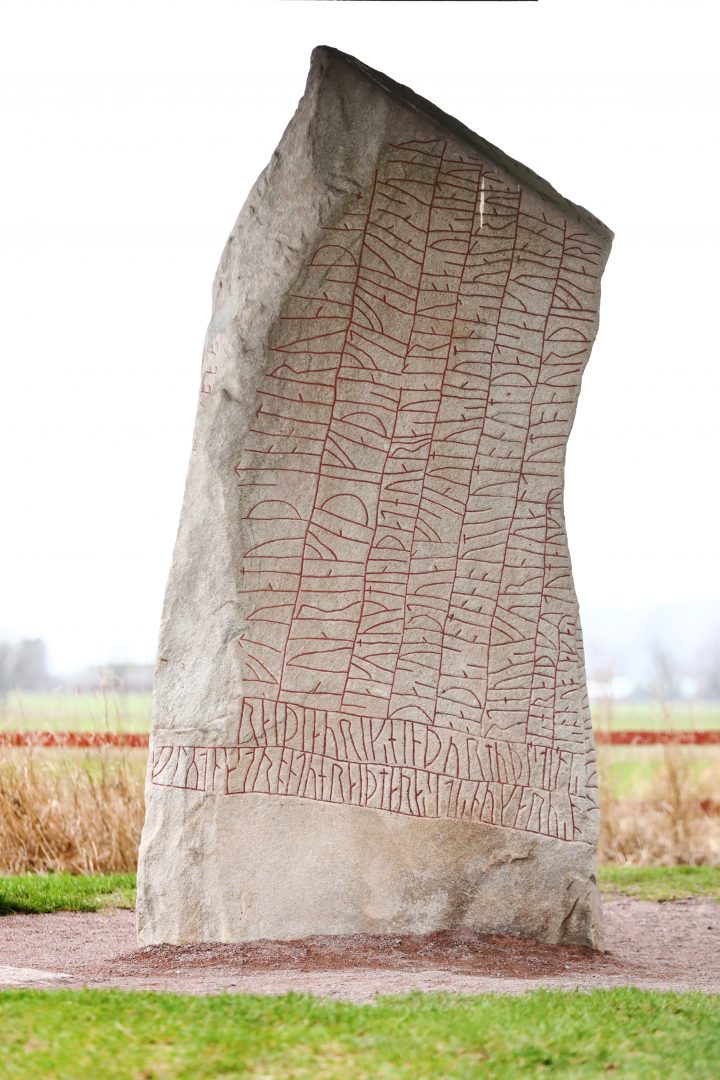A new message has been identified on a centuries-old Viking runestone in Sweden, and it appears to include a warning about a potential climate crisis for ancient Scandinavia.

The massive Rök is one of the most famous runestones in central Sweden, where the five-ton, nearly 2.5-metre-high slab still stands near Lake Vattern. The tablet’s granite surface is etched with more than 700 runes long thought to tell the tales of Viking military victories, although one line has been damaged. The stone is believed to be a father’s tribute to his dead son Theodoric, who died some 1,200 years ago.
However, a study published on Wednesday has found new meaning among the ancient runes. Rather than citing military victories, it now appears the creator was interpreting his son’s death alongside fears of a looming climate disaster involving extreme cold, much like one that had happened to his ancestors.
“The inscription deals with an anxiety triggered by a son’s death and the fear of a new climate crisis similar to the catastrophic one after 536 CE,” four Swedish scholars wrote in their study, which is published in the International Journal of Runic Studies.
Several passages once thought to discuss a military battle were actually talking about a natural threat, according to Per Holmberg, the lead study author and a professor of language at the University of Gothenburg in Sweden.

Get daily National news
“We believe it talks about a cosmic balance,” Holmberg told The Associated Press. “Maybe we’ve focused too much on the importance of military power, but maybe the religious power to keep the cosmos together was more important.”
One of the pivotal passages on the slab includes a reference to the “death of the sun nine generations ago.” Holmberg and his co-authors say that might refer to a major cooling trend in the global climate from 535-536 CE, when a series of volcanic eruptions triggered famine, crop failures and extinctions around the world.
“The powerful elite of the Viking Age saw themselves as guarantors for good harvests,” Olof Sundqvist, a professor of religious history at Stockholm University, told AP. “They were the leaders of the cult that held together the fragile balance between light and darkness.”
Winter carried special meaning in the Norse mythology of the Vikings. They believed that an especially brutal cold snap known as “Fimbulwinter” would herald Ragnarök, or the end of the world, according to Bo Graslund, an archaeology professor at Uppsala University.
“Before the Rök runestone was erected, a number of events occurred which must have seemed extremely ominous: a powerful solar storm coloured the sky in dramatic shades of red, crop yields suffered from an extremely cold summer, and later a solar eclipse occurred just after sunrise,” Graslund told AP.
“Even one of these events would have been enough to raise fears of another Fimbulwinter.”
In other words, the stone’s creator feared another era of ice and death would one day occur, much like the one he heard about in the past.
—With files from The Associated Press
Rökstone









Comments